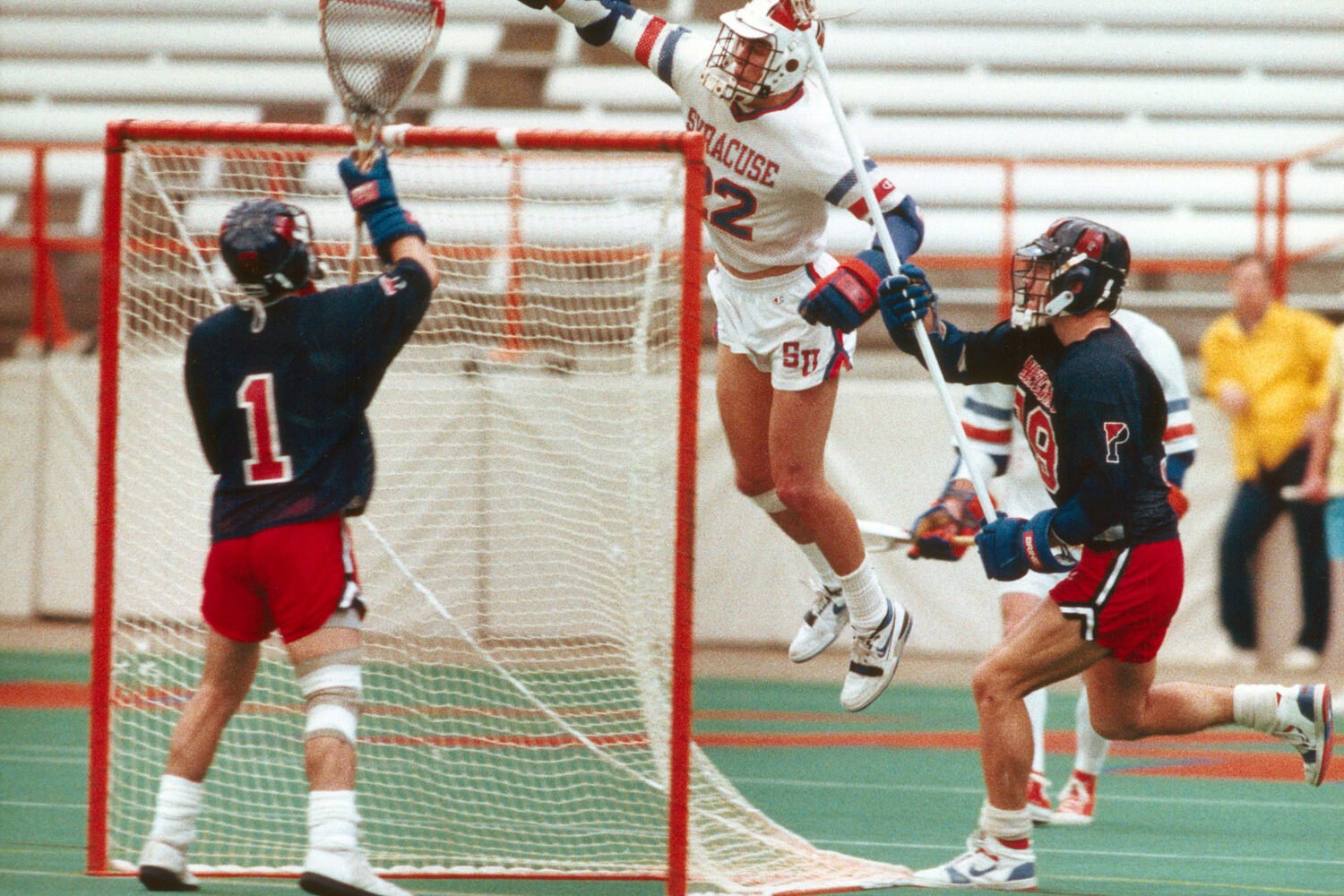The Expert
Greg Munoz is in his fifth season as coach of the George Washington University men’s tennis team. He’s also director of the GW Tennis Center.
The Injuries
Injuries to the elbow, lower back, shoulder, wrists, and ankles are most common, says Munoz.
Common Mistakes
Improper technique and an inadequate warm-up are the biggest risk factors. Elbow problems are commonly caused by overuse, while lower-back pain is the result of too-tight hamstrings or bending back too far when serving. The serve—in addition to other overhead strokes—is also the leading cause of shoulder problems. Ankle injuries can be the result of many factors, including bad shoes, lack of ankle support, and stepping on errant tennis balls.
How to Prevent Injury
Warming up is critical, especially for the shoulders. “Just because you feel warmed up with 30 minutes of hitting doesn’t mean your shoulder is warm; the motion of serving is completely different than all other strokes,” says Munoz. The wrist is a tricky area to strengthen because no muscles are there. Munoz suggests focusing on strengthening the forearm muscles by doing simple wrist curls with a light dumbbell. Another trick is to place a rubber band around your fingers and open and close your hand repeatedly. “Tennis players are so used to squeezing that their forearm muscles get worn out. The rubber-band technique will strengthen the muscles the opposite way,” says Munoz.
Having the proper grip—and making sure it’s not too tight—might make a difference, too. Munoz says if you’re gripping the racket correctly, there should be a pinky’s width of space between your hand and the racket at the point where your thumb joins the rest of the hand. You should be able to slide your other hand’s pinky into that space to check. Not enough room means you’re holding the racket too tight; too much room means your grip is too loose.
“Know when to relax the wrist and when to keep it firm,” he says. A tennis pro can help with that; it involves learning the proper way to execute all strokes.
His other tips include reducing the string tension in your racket to help with elbow strain and strengthening your core muscles and hamstrings to combat lower-back pain. Munoz adds that players should wear proper tennis shoes—not running shoes or cross trainers—for the right support, and always check the court for loose balls, especially the areas behind you.
How to Bounce Back
“Ice and rest seem to be the best solution I’ve seen in my 19 years of teaching,” says Munoz. And if you absolutely have to play, take ibuprofen, because inflammation while playing can lead to more serious injuries.
To stay in shape during the winter months, Rock Creek Park Tennis Center, East Potomac Tennis Center at Hains Point, and Cabin John facility in Montgomery County (7801 Democracy Blvd., Bethesda) are good public indoor tennis facilities.
Subscribe to Washingtonian More >> Health | Top Doctors | Well+Being Blog
Follow Well+Being on Twitter


















